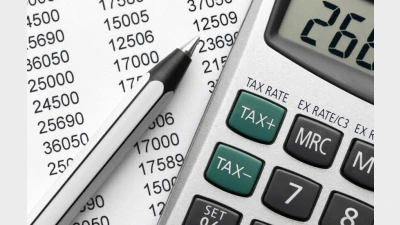AMP Balanced Growth has highest return



AMP Balanced Growth was 2015's best performing superannuation multisector growth fund, returning 7.2 per cent, according to Morningstar.
The research house's superannuation survey found the median fund return was 5.1 per cent for the calendar year.
AMP Balanced Growth was followed by Austsafe (seven per cent), REI Super and AMP Capital Balanced (both at 6.6 per cent), and AustralianSuper Conservative Balanced (6.3 per cent).
However, the median result was below the previous three calendar year medians of 8.5 per cent (2014), 17.9 per cent (2013), and 12.8 per cent (2012). The last negative year for growth super funds was 2011 at -2.1 per cent).
The best performing balanced (40 to 60 per cent growth assets) super funds were Optimum (5.3 per cent), and AustralianSuper and AMP Capital Moderately Conservative (both at 5.2 per cent).
Australian listed property was the best performing growth asset class (14.3 per cent), followed by global equities (11.8 per cent), global listed property (6.4 per cent), and Australian shares (2.8 per cent).
Recommended for you
An Australian superannuation delegation will visit the UK this month to explore investment opportunities and support local economic growth, job creation, and long-term investment.
An ASIC review has identified superannuation trustees are demonstrating a “lack of urgency” around improving their retirement communication and still taking a one-size-fits-all approach.
Superannuation funds have welcomed the boost that Treasury’s improvement on the Low-Income Superannuation Tax Offset will have for women and younger members.
The proposed changes to the Low-Income Superannuation Tax Offset (LISTO) has been applauded by the superannuation sector.









